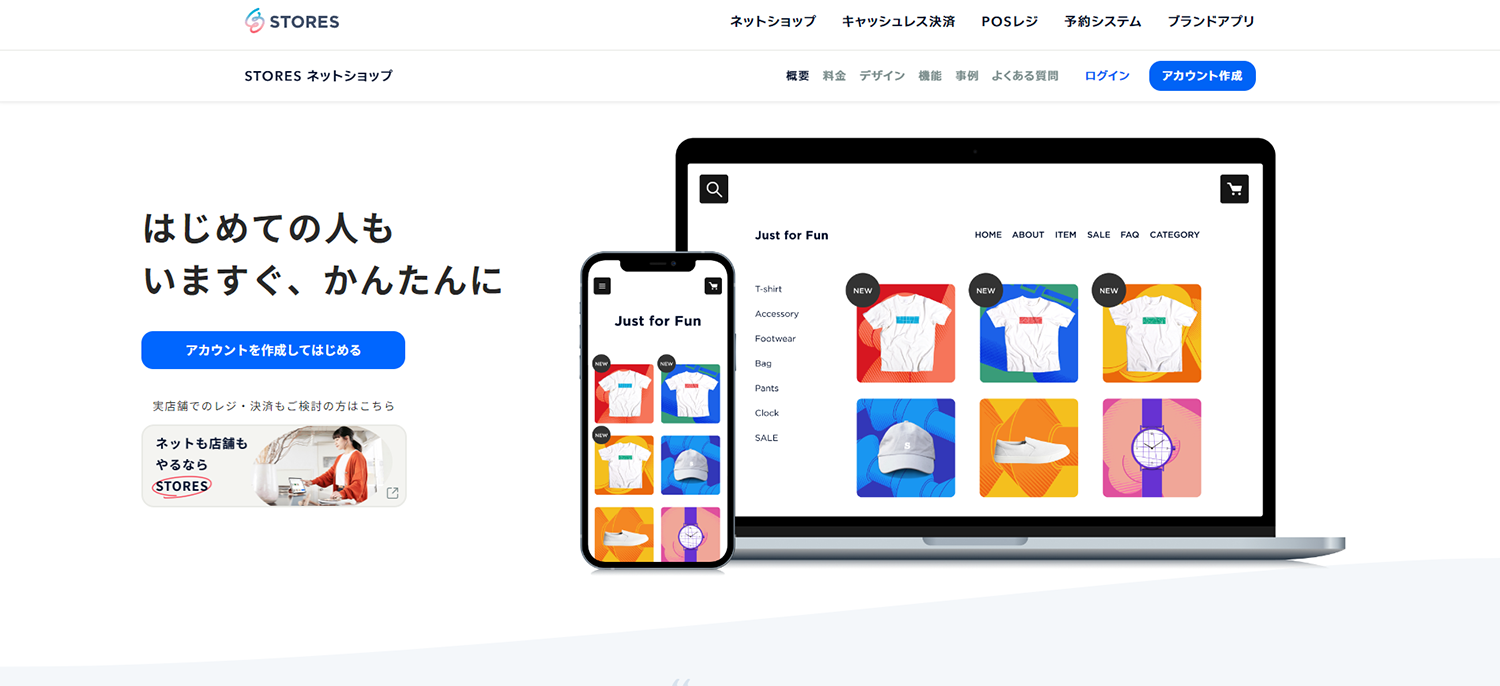Japan’s “User-Friendly” E-Commerce Platforms and Why They’re Preferred
When selling products online to the Japanese market, deciding which e-commerce platform to use is very important to consider.
Many Japanese are unfamiliar with foreign e-commerce sites and platforms, and Japanese consumer culture often demands fine-tuned features that are catered to Japan.
In this article, we’ll introduce two of Japan’s leading “user-friendly” e-commerce platforms that allow individuals and small businesses to open their online shop in Japan with minimal expertise and relatively low fees.
These e-commerce platforms are frequently chosen in Japan over more global ones like Gumroad, Payhip, Selfy, and others, because they better equip businesses to meet the unique expectations and needs of Japanese consumers so they have a better chance of selling.
Why Japanese Consumers Struggle With Foreign Sites
Translated websites may be using automated Japanese translations. While better than not having Japanese at all, they often contain errors.
Even if translations are grammatically correct, many times they still won’t make sense to Japanese consumers due to how it’s written or how it fits into the site’s design.
Even if a website properly displays Japanese texts, Japanese people sometimes find foreign websites difficult to navigate due to a difference in structure and organization.
In many cases, Japanese websites offer more guidance and detailed explanations that foreign sites don’t have. When comparing foreign and Japanese sites of the same brand, often times the amount of text is completely different.
The length of the Japan site (R) for Gelato Pique is lengthier than the U.S. (L) site and includes more details and communication angles.
Many Japanese people are looking for thorough yet easy-to-understand explanations.
In addition, nearly 80% of Japanese respondents in our survey expressed feelings of anxiety about using foreign e-commerce sites.
To get Japanese to positively react to online, there’s a need to understand the culture and customs of the Japanese people, who are from an island nation and are accustomed to receiving high-quality service that is catered to them in their own country.
Base
BASE is a “user-friendly” e-commerce platform in Japan that operates under the concept that anyone can “easily create an online store in 30-seconds.”
BASE, a user-friendly Japanese e-commerce platform
Pros
2 types of plans: Standard and Growth
Ability to start selling immediately
No requirement for payment verification (except for some corporate cards)
Ability to use payID, a Japanese payments platform and marketplace with over 1 million monthly active users for BASE platform users
Shipping costs can be set according to region, product unit, and purchase amount
34 foreign currencies are supported
Partnership with NEOlogi for overseas shipping to 150 countries
Cons
Company or co-operator needs to have an address in Japan
Overseas credit cards cannot be used for BASE service payments (PayPal has been allowed)
STORES
STORES is another “user-friendly” e-commerce platform in Japan. With a wide variety of design templates and easy operation, businesses can create an online store with their own unique design.
STORES is a user-friendly Japanese e-commerce platform that provides a wide variety of design templates
Pros
2 types of plans: Standard and Basic
Monthly and transfer fees tend to be lower than BASE’s
One-stop management system that includes customer information and sales management not only for e-commerce but also for brick-and-mortar stores as well is available
POS cash register systems, reservation management systems, and a branded app creation service is available for central management of acquisition, integration, analysis, and utilization of customer information, from offline sales to e-commerce
10 types of payment options available, which is more than BASE
Cash on Delivery (COD) option is available for customers
The ability to use Cash on Delivery (COD) lowers the hurdle for customers to pay as it allows for payment to be made when the package is actually delivered. The overall cash usage rate in Japan still tends to be high at 60.7% according to the Government of Japan’s Ministry of Economy, Trade and Industry’s 2023 survey. [J]
The trustworthiness of cash tends to be higher in Japan than in other countries, partly due to the country's high level of security and low risk of pickpocketing and other thefts. Cash is the payment method of choice for those who don’t have credit cards or prefer not to use them, especially those under the age of 18, who are not allowed to have a card due to age restrictions.
Cons
A Japanese bank account is needed to transfer sales fees
Overseas credit cards cannot be used for BASE service payments (PayPal seems possible)
Payment of sales proceeds takes up to two months
No support for foreign currencies and no logistics system for overseas customers
Takeaway
In this Insight, we have introduced two services in Japan that provide user-friendly e-commerce store platforms. While there are similarities and differences between them, their existence and popularity highlight a key takeaway:
The reason domestic Japanese e-commerce platforms exist and are popular is because the majority of Japanese consumers need localized features that don’t seem to be available on other international options. Whether it’s professional copywriting and visuals or design and payment options, being as native as possible will provide the best chances of getting e-commerce sales in Japan.
If you would like to know more when localizing for Japan, please feel free to contact us.








